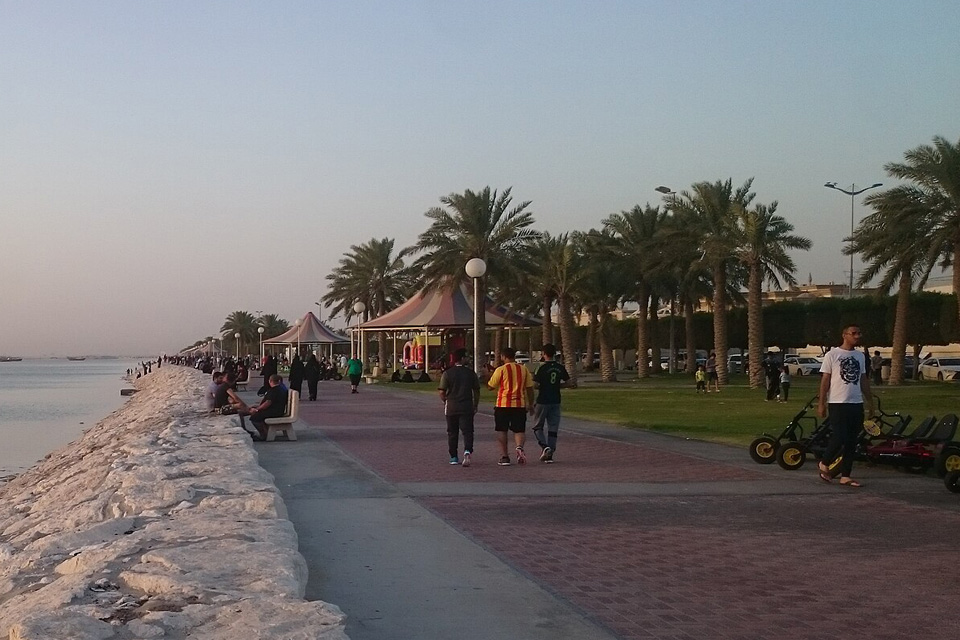- News
Tourism Sector of Saudi Arabia Gets Over $1 Trillion in Funding
UN Tourism Special Advisor Anita Mendiratta sheds light on how the kingdom is addressing various tourism challenges with massive funding.
Article Summary:
- In an interview with Bloomberg, United Nations Tourism Special Advisor to the Secretary-General Anita Mendiratta talks about how Saudi Arabia is dealing with various tourism challenges. These include interconnectivity, ease of travel, travel costs, and public perception.
- With its eyes set on attaining its Vision 2030 goals, Saudi Arabia is leveraging both international and domestic tourism.
- USD 1 trillion will go into hardware, giga-projects, accommodation, airports, airlines, software development, and human capital development.
Saudi Arabia is pouring more than USD 1 trillion (SAR 3.75 trillion) in investments to boost its tourism sector. It’s a massive investment that seeks to cement the kingdom’s position as a leading global destination.
Anita Mendiratta, United Nations Tourism Special Advisor to the Secretary-General, explained how the kingdom is working to meet this goal. In an interview with Lizzy Burden of Bloomberg, Mendiratta spoke about the challenges Saudi Arabia faces: interconnectivity, ease of travel, travel costs, and public perception.
Beckoning travelers to Saudi Arabia
During the interview, Burden asked about how Saudi Arabia is planning to boost international tourism.
Mendiratta emphasized how the kingdom was able to achieve its 2030 target of 100 Million tourists as early as 2023. Enhancing interconnectivity made such an outcome possible.
However, the advisor also pointed out how interconnectivity goes beyond the obvious interpretation, how it also encapsulates openness to the world.
“It’s also interconnectivity psychologically,” Mendiratta remarked. “And making sure that there’s an invitation to the world, for everyone to actually come and visit.
“They’re making sure that especially air connectivity is happening, at a step-change level, both in terms of international connectivity and domestic to make sure people can travel easily within the kingdom itself.”
Tourism and its ties Vision 2030
The foundation of Saudi Arabia’s tourism transformation is in its Vision 2030 goals, which will set it apart from other destinations. The country’s massive investment will go into hardware, giga-projects, accommodation, airports, airlines, software development, and human capital development. One giga-project, for instance, is the entertainment, spotrs, and arts capital of Qiddiya.
And while the objective is to upgrade the tourist experience, the Saudi government is making sure to inject its culture and heritage. In this way, Saudi authorities are able to enjoin Saudis to actively participate in the tourism sector.
“Because they want to make sure that visitors to the kingdom are enjoying international standards but Saudi style,” Mendiratta explained.
“And the CEO of Saudi Tourism, Fahd Hamidaddin, is always very clear in making sure that people understand it’s Saudi tourism development for the better of the Saudis, not just for the better of the tourism experience,” she continued.
“And that means the Saudi community being proud to be hosts, being a part of the tourism economy and feeling that they are shaping their future through tourism development aligned to Vision 2030.”
Moreover, the advisor also highlighted that while international tourists are important, strong domestic tourism is the foundation of any tourism industry.
“Because that’s where you need to get repeat visitation, dispersion around the destination, and ultimately making sure that you have a tourism economy that’s year-round, not that’s only focused on holiday periods,” Mendiratta explained. “Otherwise, you are actually institutionalizing seasonality and institutionalizing labor challenges.”
Accessibility and change
Circling back to interconnectivity, Mendiratta also emphasized how tourism accommodation, though important, largely relies on accessibility.
For instance, the newly announced Riyadh Air will be making its flight debut in 2025. Keeping international tourism and regional accessibility in mind, Saudi authorities are also working with regional carriers.
Infrastructural projects and increased accessibility are both essential to Saudi Arabia’s transformation. However, there is still the matter of the kingdom’s reputation. Burden asked, to what extent is the kingdom changing its image and culture?
Mendiratta pointed out that it would all boil down to what the world witnesses.
She notes, “Watch the actions. Look at the proof of delivery. Are women involved in the industry? Are they being celebrated? Are they given freedoms? Absolutely.”
In addition, boosting tourism and change also entail fostering partnerships with people from outside the kingdom.
“Right now, the world needs inspiration,” Mendiratta remarked. “It needs proof of an environment, a community, a place in the world that is really focusing on the future and wants the world to be a part of it.”
“Which is why [Saudi Arabia is] bringing in international investors, international hotel brands, international expats. It’s a reflection of the fact that this is Saudi doing it with the world, not just for Saudi.”
Photo by Rabah Al Shammary on Unsplash






